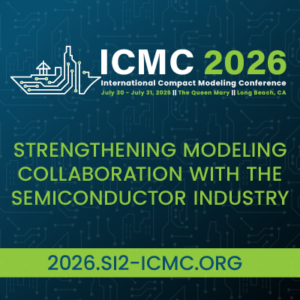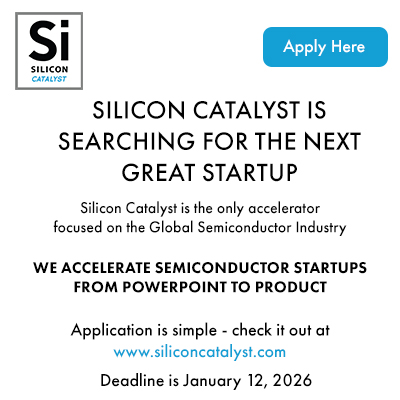
In a keynote at the 62nd Design Automation Conference (DAC) on July 8, 2025, William Chappell, Vice President of Mission Systems at Microsoft, reflected on the intertwined evolution of AI and semiconductor design. Drawing from his DARPA experience, Chappell traced AI’s progression from 2016 onward, highlighting its transformative potential for the EDA community and urging a shift toward a “fourth wave” where AI drives physical transformation.
Chappell began by revisiting pivotal moments in AI’s history, starting with DARPA’s 2014 Cyber Grand Challenge (CGC), a computer-versus-computer capture-the-flag event that spurred advancements in automated cyber reasoning. This led to the 2016 Third Offset Strategy, which envisioned enhanced human-machine teaming to maintain military superiority. Recognizing limitations in existing AI, DARPA’s Information Innovation Office (I2O), under John Launchbury, launched the AI Next program in 2017. Launchbury described the transition from the second wave of AI—focused on statistical learning—to a third wave emphasizing contextual adaptation and reasoning.
Complementing these efforts, Chappell’s Microsystems Technology Office initiated the Electronics Resurgence Initiative (ERI) to intersect AI with hardware innovation, fostering collaboration between industry, government, and academia—core to the DAC community. Unbeknownst at the time, Microsoft was developing its AI supercomputer, announced in 2020, which powered the 2022 ChatGPT breakthrough. Chappell noted the rapid scaling: from models with 100 million parameters in 2016 to trillions by 2023, enabling unprecedented capabilities.
Today, AI resides in the third wave, with models like GPT-4 demonstrating reasoning and contextual understanding. Chappell showcased applications in physical discovery, such as Microsoft’s collaboration with Pacific Northwest National Laboratory to develop a battery electrolyte using 70% less lithium. AI screened 32 million candidates, narrowing to 23 viable options through high-performance computing (HPC) and quantum simulations, accelerating discovery from years to months. Similar successes include a PFAS-free data center coolant discovered in ten days and AI-driven vaccine development for monkeypox, where agents decomposed tasks into verifiable steps, reducing design time dramatically.
Chappell emphasized agent-based systems as key to this wave. Unlike traditional models, agents handle long-running tasks through planning, orchestration, and verification, mimicking scientific workflows. In vaccine research, agents generated 500,000 candidate sequences, validated them via simulations, and identified top performers. Applied to silicon design, agents could automate RTL generation, verification, and PPA analysis, integrating domain knowledge from vast datasets.
However, challenges persist. Chappell discussed the need for trustworthy agents, citing examples where models hallucinate or fail in complex reasoning. Solutions involve grounding agents in knowledge graphs, using HPC for validation, and incorporating human oversight. In EDA, this means leveraging specialized hardware like Intel’s Xeon processors and ensuring interoperability with existing tools.
Looking ahead, Chappell proposed a fourth wave: physical AI, where digital transformation extends to tangible outcomes. The EDA community, adept at bridging software and hardware, is uniquely positioned to lead. By integrating agents into design flows, it can accelerate innovation in semiconductors, from circuit to system levels. Chappell called for rethinking traditional methods, embracing AI’s rigor in manufacturing, and fostering partnerships to realize this vision.
The keynote underscored DAC’s role in uniting stakeholders to navigate hype and harness AI’s real capabilities. As 2025 unfolds as the year of agent integration, Chappell’s insights inspire the community to pioneer physical transformation, ensuring AI not only adapts contextually but reshapes the physical world.
Also Read:
AI-Driven ECAD Library Creation: Streamlining Semiconductor Design
Modern Data Management: Overcoming Bottlenecks in Semiconductor Engineering
AI-Powered Waveform Debugging: Revolutionizing Semiconductor Verification
Share this post via:








Quantum Computing Technologies and Challenges